Reimagining the Workspace in the Post-Pandemic Era
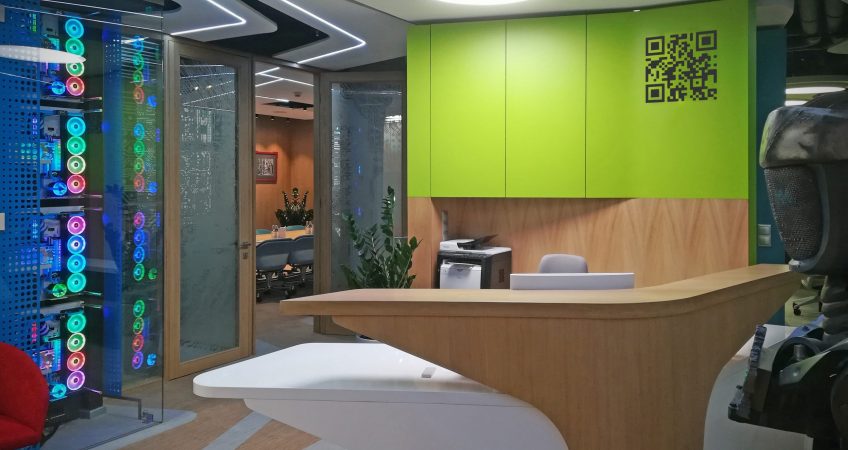
We stand at the threshold of a significant transformation in how we conceptualize and utilize office spaces. The shift we are observing is not merely a transition from work to leisure, or a simple adaptation to remote working. Instead, we find ourselves amidst a complete overhaul of the traditional office structure, a metamorphosis spurred by the ongoing digital revolution and the challenges posed by a post-lockdown era.
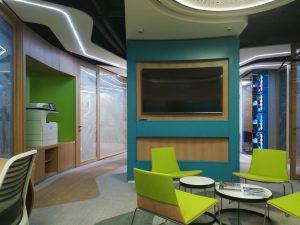
The concept of office space has been evolving for decades, but the advancements in digital technology and the rise of the internet have provided a significant boost. Facilitating remote working and enabling seamless communication, technology has blurred the lines between the office and home. Yet, it is the recent pandemic-induced restrictions that have pushed this shift into overdrive, compelling us to reevaluate and redefine our workspaces more profoundly and rapidly than ever before.
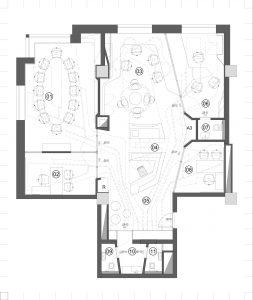
Two key factors propel this dramatic shift: the relentless evolution of technology, continually introducing more robust and powerful tools for communication and collaboration, and the health considerations that the pandemic has thrown into sharp focus. Safety has become a paramount concern in our workspaces, resulting in altered norms and transformed work environments. These elements together are set to permanently redefine office functionality, influencing not just the design of workspaces but also the work culture itself.
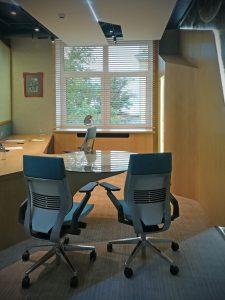
Evidence suggests that the floor area needed for personnel in offices will reduce significantly, potentially by up to 75%. As companies across various sectors increasingly integrate IT solutions into their processes, there’s a growing trend of outsourcing tasks and facilitating remote working. This shift is not just a temporary solution to a passing crisis. Instead, it represents a fundamental shift in our work paradigms, a change that is set to amplify considerably in the coming years.
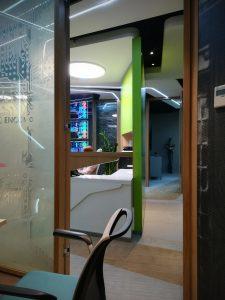
One noticeable casualty of this shift may be open-plan spaces, previously hailed for their facilitation of communication and collaboration. However, the inherent high risk of contagion they pose has highlighted their drawbacks. Their preservation may rely on stringent medical checks upon entry, the designation of isolation areas for unwell employees, and the integration of extensive air-flow filtering and disinfection into mechanical engineering systems.
In contrast to the decline of conventional offices, we could witness a rise in the number of co-working spaces in peripheral centers. These venues offer attractive alternatives to home-working, fostering a sense of community while respecting individual health and safety. However, even this increase won’t entirely compensate for the decreased demand for conventional office spaces.
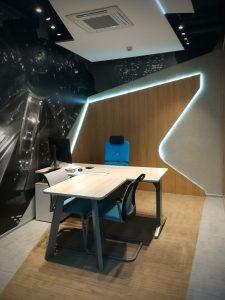
In terms of functionality, enclosed personal offices may become more prevalent, potentially emerging as the only element unchanged from the traditional office setup. The role of other office spaces, such as meeting rooms, is likely to evolve given the shift towards online meetings – a trend that persists even within physical office premises. Boardrooms, though maintaining their existing space allocation, are expected to be enhanced with advanced air-flow management systems to minimize contagion risks, in addition to cutting-edge video conferencing facilities.
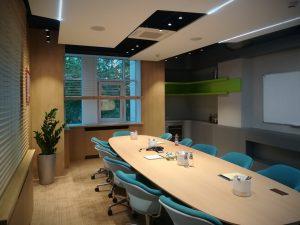
In this remodeled workspace landscape, the remnants of traditional physical offices may evolve into collaborative hubs. Here, decision-making processes can continue to be handled directly, fostering a sense of camaraderie and shared purpose, albeit under closer supervision than before. As remote working becomes the norm, the role and importance of IT services will undeniably gain prominence. Consequently, the appeal of open-plan offices may witness a downward trend.
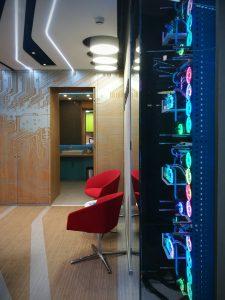
The workspace of the post-pandemic world needs to be inclusive, catering to all staff members, not just a select few. The design solutions for these workspaces should boldly embody the values, vision, and mission of corporations. They need to foster a sense of belonging and purpose while respecting individual safety and comfort.
